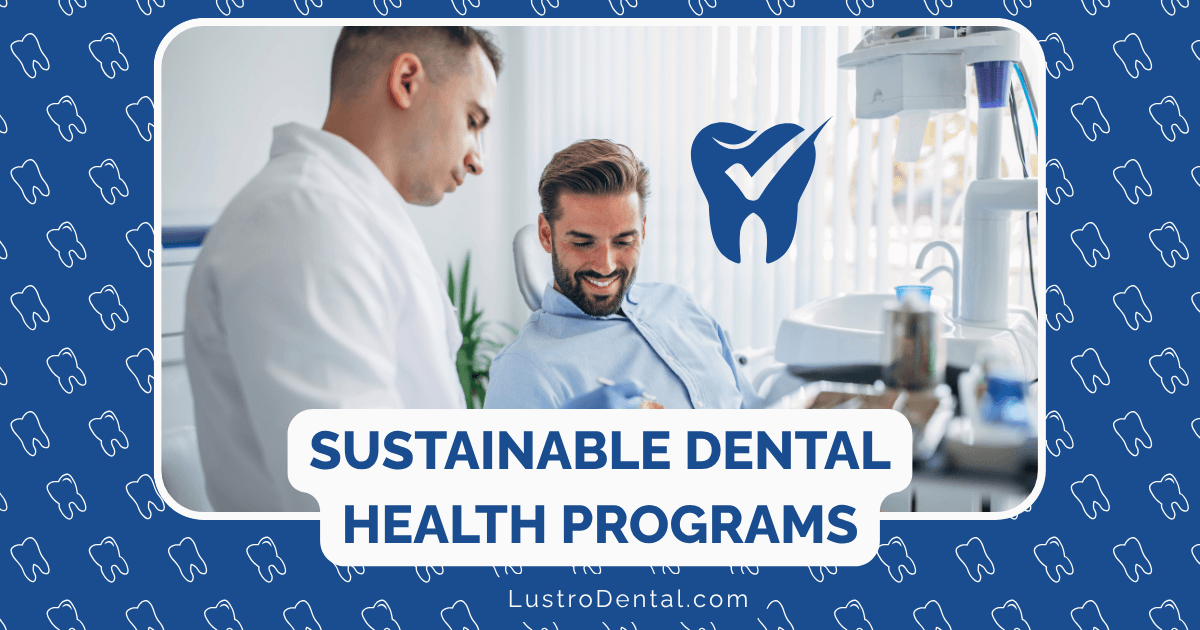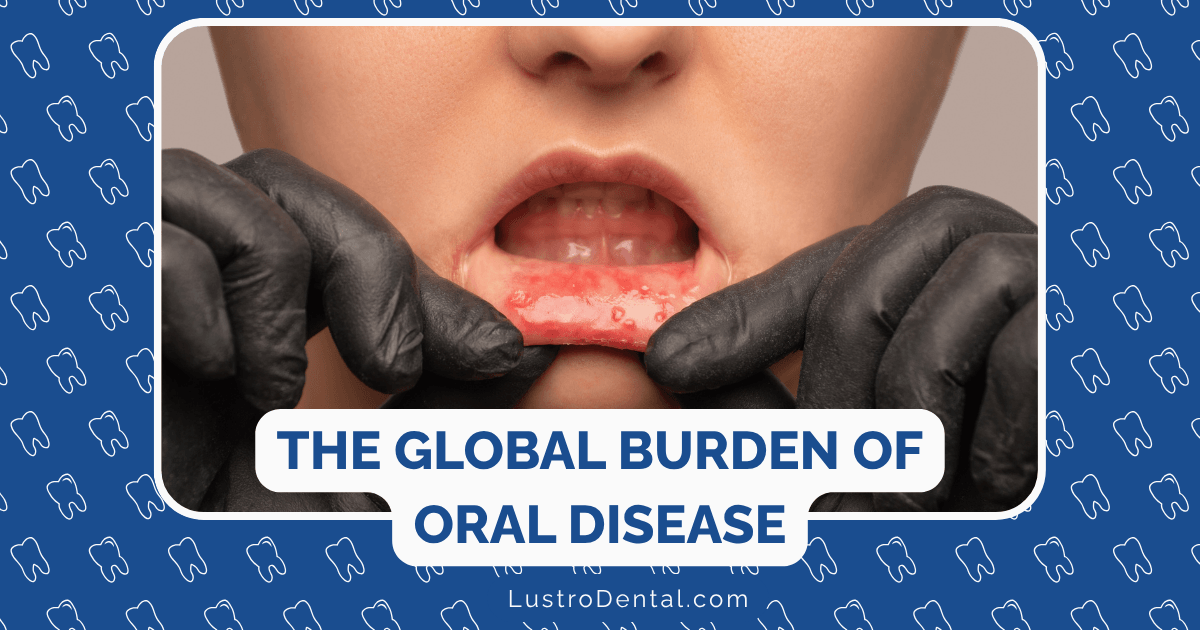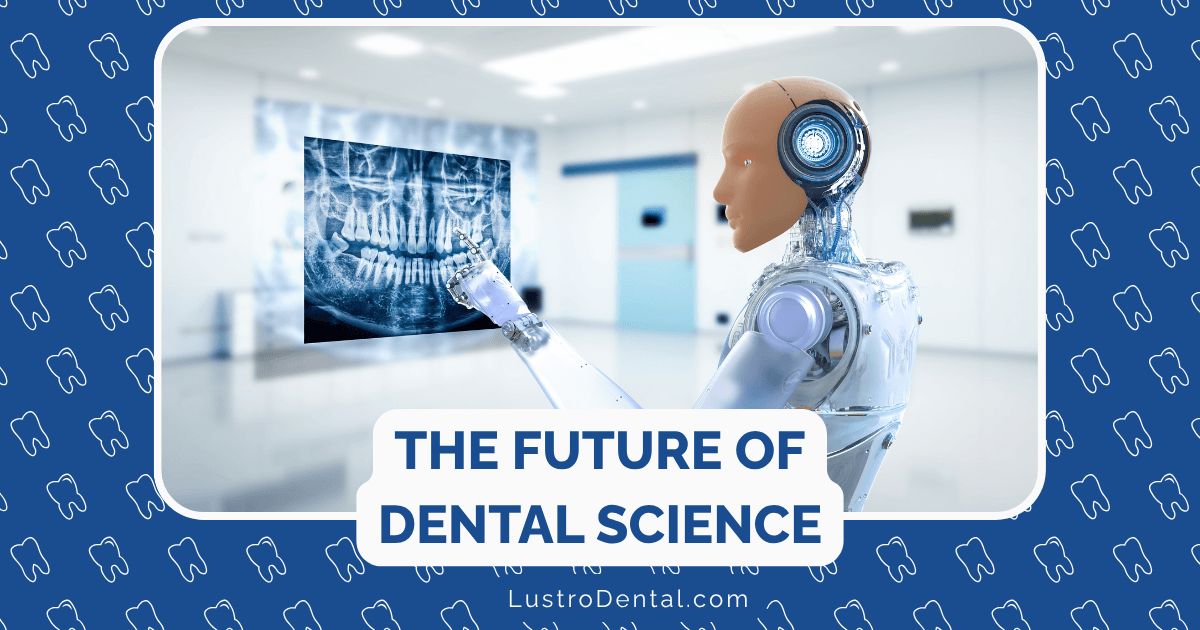Sustainable Dental Health Programs in Developing Countries

In a world where 3.5 billion people suffer from oral diseases, developing sustainable dental health programs in resource-limited settings is both a challenge and an urgent necessity. While many well-intentioned dental missions provide temporary relief, truly sustainable programs create lasting change by building local capacity, addressing root causes, and empowering communities. Let’s explore what makes dental health programs sustainable in developing countries and highlight some success stories that are making a meaningful difference.
The Challenge: Understanding the Landscape
Before discussing solutions, it’s essential to understand the scale of the challenge:
The Burden of Oral Disease
According to the World Health Organization (WHO), the burden of oral disease in developing countries is staggering:
- Untreated dental caries affects 2.5 billion people globally
- Severe periodontal disease impacts 1 billion people
- In some regions, up to 90% of children have untreated dental caries
- Oral diseases affect an estimated 480 million people (43.7%) in the WHO African Region alone
Resource Limitations
Developing countries face significant challenges in providing dental care:
- Workforce shortages: The dentist-to-population ratio in Africa is approximately 1:150,000, compared to 1:2,000 in most industrialized countries
- Geographic barriers: Dental services are often concentrated in urban centers, leaving rural populations underserved
- Infrastructure gaps: Many areas lack basic equipment, reliable electricity, and clean water
- Financial constraints: Limited healthcare budgets often prioritize infectious diseases over oral health
The Sustainability Challenge
Traditional “mission trip” models, while well-intentioned, often face criticism for:
- Creating dependency rather than capacity
- Focusing on treatment rather than prevention
- Lacking cultural relevance and community ownership
- Failing to address systemic issues
Principles of Sustainable Dental Programs
Truly sustainable dental health programs share several key characteristics:
1. Community Ownership and Involvement
Sustainable programs engage local communities from the planning stage through implementation and evaluation:
- Community needs assessment: Programs begin by understanding local priorities and perspectives
- Local leadership: Community members take active roles in program governance and decision-making
- Cultural relevance: Interventions respect and incorporate local cultural practices and beliefs
Research published in BMC Global Public Health emphasizes that successful oral health policies require engagement from communities in both the demand and delivery of health services.
2. Focus on Prevention and Education
While treatment is important, sustainable programs prioritize prevention:
- Oral health education: Teaching proper brushing, flossing, and dietary habits
- School-based programs: Reaching children early to establish lifelong habits
- Preventive services: Providing fluoride treatments, sealants, and regular check-ups
- Addressing risk factors: Tackling issues like tobacco use and sugar consumption
Prevention is not only more cost-effective but also reduces the need for complex treatments that require specialized equipment and expertise.
3. Integration with Existing Healthcare Systems
Rather than creating parallel structures, sustainable programs integrate with local healthcare:
- Primary healthcare integration: Training primary care providers in basic oral health assessment
- Referral systems: Establishing clear pathways for complex cases
- Policy advocacy: Working to include oral health in national health plans and universal health coverage
According to the FDI World Dental Federation, integration with broader health systems is essential for the long-term sustainability of oral health programs.
4. Workforce Development and Task-Shifting
Building local capacity is crucial for sustainability:
- Training local dental professionals: Supporting dental education in-country
- Mid-level providers: Training dental therapists and hygienists who can provide basic care
- Community health workers: Equipping frontline workers with oral health knowledge and skills
- Continuing education: Ensuring ongoing professional development
5. Appropriate Technology and Materials
Sustainable programs use technologies and materials that:
- Are affordable and maintainable locally
- Function reliably in challenging environments
- Minimize environmental impact
- Can be repaired with locally available parts and expertise
6. Sustainable Financing Models
Long-term financial viability is essential:
- Diversified funding: Reducing dependence on a single donor or funding source
- Income-generating activities: Developing sliding-scale fee structures or microenterprise components
- Government partnerships: Securing public funding and policy support
- Health insurance: Working toward inclusion of basic dental services in insurance schemes
Success Stories: Sustainable Dental Programs in Action
Let’s examine some programs that exemplify these principles of sustainability:
The Honduras School-Based Prevention Program
This program, documented in the Journal of the American Dental Association, demonstrates how targeted prevention can create sustainable impact:
Approach:
- School-based preventive dental care for children
- Comprehensive treatment followed by regular preventive visits
- Education for children and families about dental care responsibilities
Impact:
- By 2014, children in the program showed no evidence of dental caries in their permanent teeth after receiving comprehensive treatment
- Nearly 1,000 children across over 10 schools benefited by 2015
- Cost-effective at approximately $50 USD per child per year
Sustainability Factors:
- Leveraged existing school infrastructure
- Trained local dental professionals to provide ongoing care
- Created a replicable model that could be scaled nationally
Mobile Dental Units in South Africa
South Africa has developed an innovative approach to reaching underserved communities:
Approach:
- Mobile dental clinics that travel to rural and underserved areas
- Comprehensive services including preventive care, basic treatment, and referrals
- Integration with dental education as training platforms for students
Impact:
- Increased access to dental care in remote areas
- Provided practical training opportunities for dental students
- Cost-efficient delivery of services
Sustainability Factors:
- Government support and integration with the public health system
- Educational component ensuring a pipeline of trained professionals
- Reduced geographic barriers to care
The FDI-Unilever Partnership in Multiple Countries
This global partnership, evaluated in the International Dental Journal, shows how public-private partnerships can create sustainable impact:
Approach:
- Country-specific projects in 36 nations under the ‘Live.Learn.Laugh.’ program
- Focus on prevention and education tailored to local contexts
- Partnerships with national dental associations
Impact:
- Reached over one million people directly
- In the Philippines, successfully trained day care workers to promote oral health among pre-school children
- In Indonesia, reached over 12,000 children through community-based training for local dental health educators
Sustainability Factors:
- Strong local partnerships and political support
- Integration with existing systems (e.g., day care centers, schools)
- Training of trainers approach that multiplied impact
The Unspoken Smiles Preventive Dental Clinic
This innovative model demonstrates how sustainable financing can support ongoing care:
Approach:
- Free preventive dental services for children under 17
- Affordable subscription model ($17/month) for adults and families
- Integration of green dentistry practices and digital tools
Impact:
- Improved access to oral healthcare in underserved communities
- Reduced financial barriers to preventive care
- Environmental sustainability through eco-friendly practices
Sustainability Factors:
- Mixed funding model combining free services with affordable subscriptions
- Fellowship Program training dental students for community service
- Digital tools enhancing efficiency and reach
Overcoming Common Challenges
Sustainable dental programs must navigate several common challenges:
Limited Resources
Challenge: Insufficient funding, equipment, and personnel.
Solutions:
- Focus on high-impact, low-cost interventions like prevention
- Explore innovative financing mechanisms
- Leverage technology to extend reach (e.g., teledentistry)
- Repurpose existing resources and infrastructure
Workforce Shortages
Challenge: Critical shortage of dental professionals in many regions.
Solutions:
- Task-shifting to mid-level providers and community health workers
- Integration of oral health into primary care
- Mobile training programs that reach rural areas
- Incentives for dental professionals to work in underserved areas
Cultural and Behavioral Barriers
Challenge: Traditional beliefs and practices that may conflict with oral health recommendations.
Solutions:
- Community-based participatory research to understand local perspectives
- Culturally appropriate education materials and approaches
- Engagement of community leaders and influencers
- Respect for and incorporation of beneficial traditional practices
Political and Policy Challenges
Challenge: Low prioritization of oral health in national health policies and budgets.
Solutions:
- Advocacy linking oral health to broader health and development goals
- Economic impact data demonstrating the cost of inaction
- Building coalitions with other health and development stakeholders
- Engagement with local and national policymakers
Building for the Future: Emerging Trends
Several emerging approaches show promise for enhancing the sustainability of dental programs in developing countries:
Digital Technologies
- Teledentistry: Extending the reach of dental professionals through remote consultations
- Mobile health applications: Supporting patient education and self-care
- Electronic health records: Improving continuity of care and program evaluation
Integration with Sustainable Development Goals (SDGs)
While oral health is not explicitly mentioned in the SDGs, sustainable dental programs are increasingly aligning with broader development goals:
- SDG 3 (Good Health and Well-being): Positioning oral health as integral to overall health
- SDG 4 (Quality Education): Incorporating oral health into school curricula
- SDG 6 (Clean Water and Sanitation): Addressing water quality for oral hygiene
- SDG 10 (Reduced Inequalities): Targeting underserved populations
Climate-Smart Dental Care
Sustainable programs are increasingly considering environmental impact:
- Eco-friendly materials: Using biodegradable or reusable products where possible
- Solar-powered equipment: Reducing dependence on unreliable electricity grids
- Waste reduction: Implementing proper waste management practices
- Telehealth: Reducing carbon emissions from travel
According to research published in the Journal of Dental Research, dental services for patients with high levels of dental disease produce eight times the environmental impact compared to those with low levels—highlighting how prevention contributes to both health and environmental sustainability.
Best Practices for Implementation
Based on successful programs worldwide, here are key recommendations for implementing sustainable dental health initiatives in developing countries:
Program Design
- Conduct thorough needs assessment: Understand local oral health status, resources, and priorities
- Set realistic goals: Establish clear, measurable objectives with defined timeframes
- Plan for sustainability from the start: Include exit strategies and transition plans
- Design with scalability in mind: Create models that can be replicated and expanded
Implementation
- Start small and demonstrate success: Begin with pilot projects before scaling
- Build local partnerships: Engage government, NGOs, educational institutions, and community organizations
- Train the trainers: Focus on building local capacity to multiply impact
- Adapt to local context: Remain flexible and responsive to local needs and feedback
Monitoring and Evaluation
- Establish baseline data: Collect information on oral health status before intervention
- Track process and outcome measures: Monitor both implementation activities and health outcomes
- Involve communities in evaluation: Gather feedback from program participants and stakeholders
- Share results and lessons learned: Contribute to the global knowledge base on sustainable oral health interventions
Conclusion: A Call for Collaborative Action
Creating sustainable dental health programs in developing countries requires collaboration among multiple stakeholders:
- Dental professionals bringing clinical expertise and training
- Public health experts providing population health perspectives
- Community members contributing local knowledge and ensuring relevance
- Policymakers creating supportive policy environments
- Funders providing resources for implementation and evaluation
- Researchers generating evidence to guide practice and policy
By working together and applying the principles of sustainability, we can move beyond short-term interventions toward lasting solutions that truly improve oral health in developing countries. The success stories highlighted here demonstrate that sustainable approaches are not just theoretical—they are practical, effective, and transformative.
As the Africa CDC emphasizes, integrating oral health into national health policies and primary healthcare systems is essential for equitable access and dedicated funding. By building on these foundations and embracing innovative approaches, we can work toward a future where good oral health is accessible to all, regardless of geography or economic status.
Have you been involved in dental health programs in developing countries? Share your experiences and insights in the comments below.







